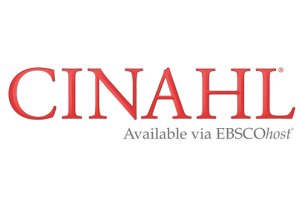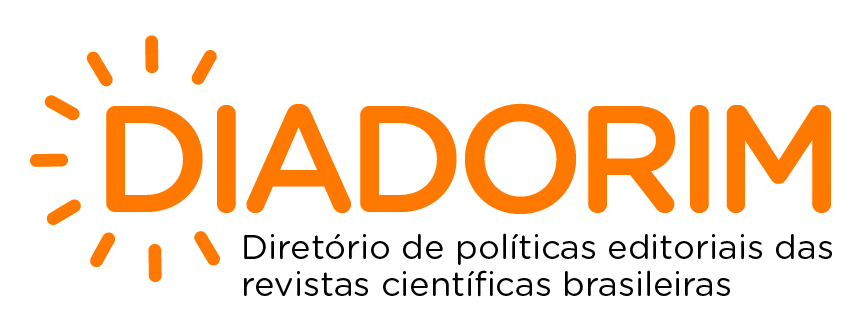Age differences in the use of implicit visual cues in a response time task
DOI:
https://doi.org/10.20338/bjmb.v13i2.139Keywords:
visual precues, response time, develpment, decision-makingAbstract
Background: Many activities require a complex interrelationship between a performer and stimuli available in the environment without explicit perception, but many aspects regarding developmental changes in the use of implicit cues remain unknown. Aim: To investigate the use of implicit visual precueing presented at different time intervals in children, adolescents, and adults. Method: Seventy-two people, male and female, constituted four age groups: 8-, 10- and 12-year-olds and adults. Participants performed 32 trials, four-choice-time task across four conditions: no precue and a 43 ms centralized dot appearing in the stimulus circle at 43, 86 or 129 ms prior the stimulus. Response times were obtained for each trial and pooled into each condition. Results: Response times for 8-year-olds were longer than for 12-year-olds and adults and for 10-year-olds were longer than for adults. Response times were longer in the no precue condition compared to when precues were presented at 86 and 129 ms before the stimulus. Response times were longer when precue was presented at 43 ms compared presented at 129 ms before the stimulus. Interpretation: Implicit precues reduce response time in children, adolescents and adults, but young children benefit less from implicit precues than adolescents and adults.
Downloads
Published
How to Cite
Issue
Section
License
Copyright (c) 2019 Brazilian Journal of Motor Behavior

This work is licensed under a Creative Commons Attribution-NonCommercial-NoDerivatives 4.0 International License.
Authors must declare that the work submitted is their own and that copyright has not been breached in seeking its publication. If the manuscript includes work previously published elsewhere, it is the author(s) responsibility to obtain permission to use it and to indicate that such permission has been granted.
Authors retain the copyright of their paper and grant the Brazilian Journal of Motor Behavior (BJMB) the right to first publish the work under a Creative Commons Attribution-NonCommercial-NoDerivatives license (CC BY-NC-ND). This license allows users to share the paper given the appropriate credit to the author and source and does not allow commercial uses and derivative materials to be produced.




























